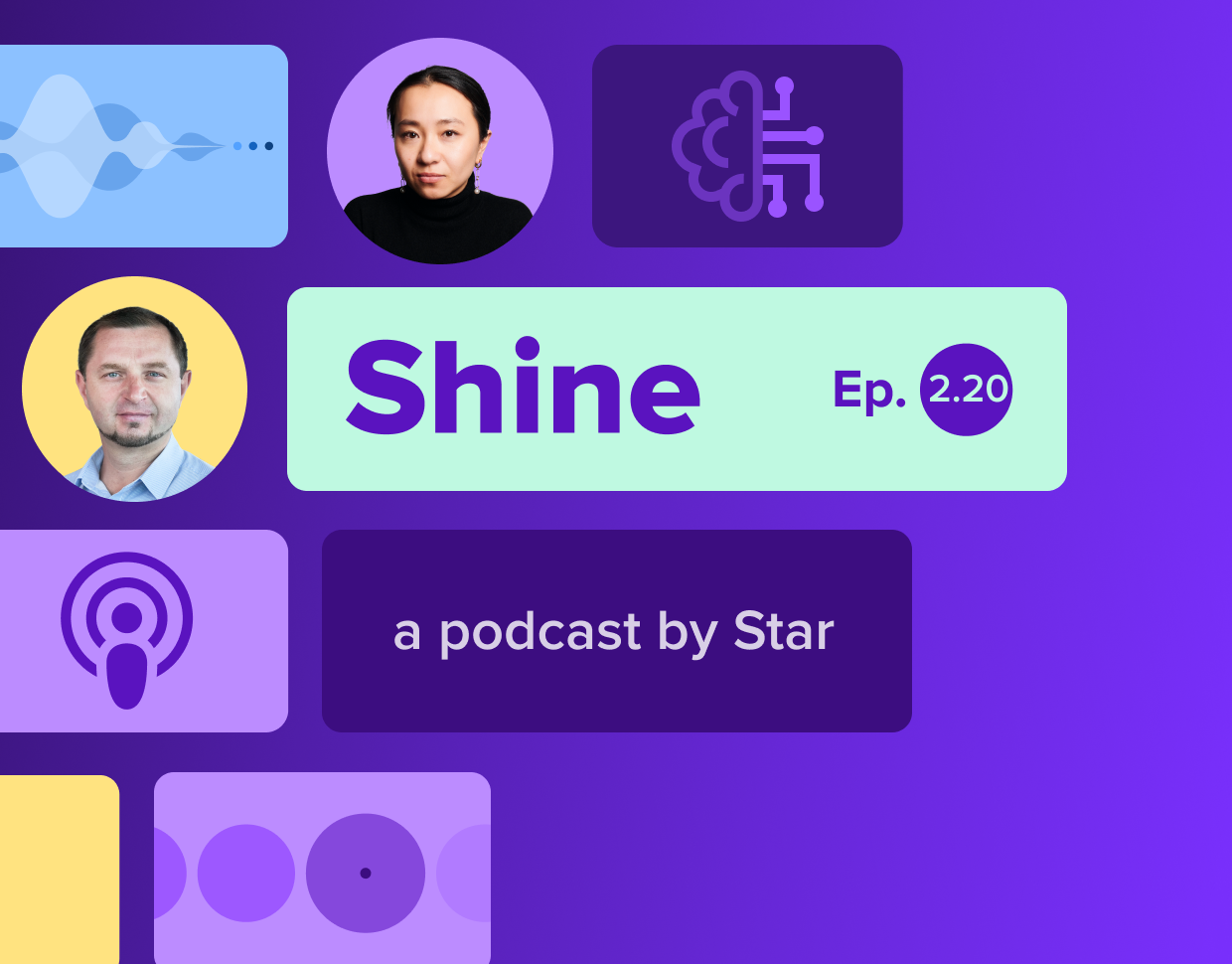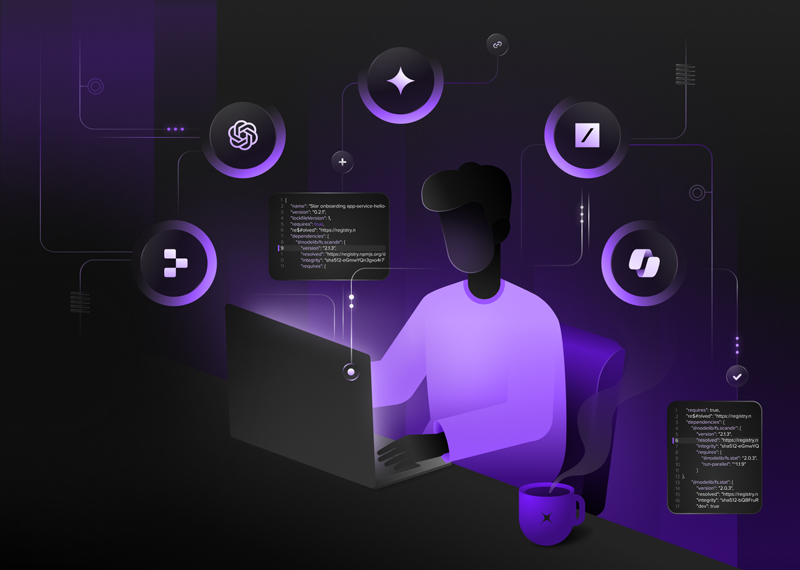The CPG industry hasn’t been spared the rush to digitization. What’s powering the digital transformation of consumer goods? And how are brands coping with the change?
Many digital technologies are maturing, offering a host of new opportunities across sectors. So how can CPG companies benefit from a digital marketplace, enhanced consumer experiences, and other emerging retail trends?
I’m going to use the analogy of a musical beat to illustrate the rate of change in digital transformation. You can’t control the relentless beat of digital innovation, but you can control how you move to it. Brands are moving to the beat in various ways, fusing together the physical and digital elements of their business:
- Some brands dance to every beat… they try all the moves (they don’t always get them right, but they give it a go!) They increase their appeal to the early adopters through a series of on-trend, limited edition, exclusives (e.g. engaging snap chat filter, AR pack label springing to life, 3D printed chocolate, etc.)
- Some brands track just behind the beat… playing it cool whilst checking out the competition on the dance floor… and why not? Observing how the tech plays out in the market before putting their own unique stamp on it… why take the risk? They may even choose not to dance!
- Some brands define their own rhythm… crafting their own unique, mesmerizing style! They select technologies that clearly make sense for their business model and brand values, strengthening their core physical product experience, whilst uncovering new opportunities to expand (see how Lego have ‘digitized’ elements of the brick experience, for example).
Why should CPG companies “dance” to the tune of digital retail? What’s the endgame here?

5 Reasons for CPG companies to get on the digital dance floor
I see 5 main reasons why adding a digital layer onto a physical product offering is appealing for CPG brands:
Justifying new premiums
For most of my 19 years in CPG, design was mainly tasked with overcoming the shopper purchase barrier of “Why should I pay ‘a premium’ for your brand?” As much as we’re talking about the relentless pace of digital innovation, the relentless pressure from discounters, own labels (Amazon’s own gin, anyone?) and challenger brands are forcing established category leaders to justify their premium value equation in new ways. Investment in digital technology can make it very hard for the competition to match your experience.
Attracting and retaining customers
At a high level, CPG’s digital transformation has historically focused on attracting people to brands and building new channels, like e-commerce. More people + more channels = more sales, right?
However, retaining those people, extending relationships, and creating loyal advocates are keys to preserving category growth and leadership. Havas Group’s biennial Meaningful Brand 2019 report found that “people wouldn’t care if 77% of brands disappeared”. Stopping heads from turning is crucial. Digital tools can offer new functionality and consumer experiences that physical products simply cannot. And they can be refreshed much more rapidly than physical innovations can.
Democratize personalization
What feels like the age-old desire for personalization has been hard to crack for CPG brands, but empowered, digitally-savvy audiences are in love with the service they get in other sectors: music stream recommendations, curated entertainment, financial coaching, and even fine-tuned insurance!
Digital innovation can unlock true personalization that goes way beyond ‘mass customization’ and limited edition product runs (meaning more choice of pre-made products… think Share A Coke). Digital innovation is the future of the retail industry, and CPGs can elevate their level of personalization, perhaps even gaining them a place on the coveted smartphone.
Integrating new and connecting existing partners
Although digital innovation sparks many opportunities, it doesn’t imply that one brand can or should offer it all. It’s crucial to apply any innovation in a way that elevates (instead of devalues) your brand credibility. Digital platforms enable connections between internal and external partners that transcend sectors and can speed up time-to-market dramatically. And you don’t always have to build your own; you can simply integrate the best in class:
- Need an easier way to pay for your morning coffee whilst creating less waste? Just integrate a contactless payment provider into your durable coffee cup (Costa and Barclay Card).
- Noticed that the note taking experience is going digital? Try a leading digital productivity tool to maintain all of what people love and offer the new tools that they crave (Post-it and Trello).
- Want to track your supply chain integrity and offer shoppers the reassurance of product provenance? Partner with a leader in blockchain technology to create a secure tracking functionality (IBM and Carrefour).
Incorporating new sources, applications, and value from data
Fundamentally, there is a data gap between the ‘rigid’ physical and ‘fluid’ digital brand touchpoints. CPG brands can’t really track exactly where, when, and how people are using their products. Nor do they truly understand culturally-based nuances in behavior that can only be seen behind closed doors. Sales, retailer, and research data can only ever represent a cross-section of society, where assumptions exist and intuition is heavily relied upon.
Digitally enabling more brand experiences, connecting the physical to the digital, can bridge this data gap on a more granular level. It can inform commercial and brand activity like never before (e.g. Bic has created a connected smart razor that can harness usage data; the company intends to use this data to develop the Next Bic Thing).
Thus, we can see that digital transformation in consumer goods isn’t just a possibility – it’s happening. What can you use to drive such transformation in your company?
How is digital transforming the future of automotive retail? Find out!
8 CPG digital innovations that drive the beat
There are 8 clear innovation drivers that you can fuse together to define your rhythm. They will drive digital innovation further and faster for CPG companies than ever before.

Data-driven personalization
Although many people are sensitive about data security and privacy, they willingly share their data if they perceive a benefit to doing so – and, crucially, if they trust the brand to act responsibly. Offering diagnostics (Effaclar SpotScan), reassurance (Colgate® Plaqless Pro) or regimen customization (L’Oreal Perso) are a few examples in health and personal care, where “7 in 10 UK/US consumers are happy to have their health data made accessible through their smartphone.”
So, what if brands translated their values into personalized services that offer both rational and emotional benefits for consumers to build trust? Do you want your brand to be empowering, playful, reassuring, etc.?
Smart durability
Brands are extending consumer relationships using electronic devices (P&G LifeLab) and through circular, durable pack supply chains (Loop by TerraCycle). More durability justifies more investment in technology that can enable digital interactions.
What’s even more interesting is that durability will inherently create new relationships between people and historically disposable brands. What can you do with the extended time that you’d be part of people’s lives?
Scalable and affordable IoT
At a simple level, brands are leveraging smartphones’ ability to trigger a digital experience via QR code (Cif Eco Refill QR guides you on how to recycle your pack). Emergent material innovation has created recyclable, scalable sensors (Stora Enso’s ECO RFID tag) and power cells (BillerudKorsnäs paper batteries) that can be applied to packaging.
Something to explore here… this could resolve the tension between a reduction in packaging materials and a desire to increase the value of brand experiences. Ultimately, a digital layer can take the pressure off of the pack and product to do this. It can also connect the brand into the wider IoT network in the factory, smart home, store, car, etc.
Hybrid traditional-digital retail experiences
As brick-and-mortar channels attempt to entice people back, unlocking the potential of existing physical retail assets is a perpetual challenge for retailers. It’s also a key contribution for brand partners. New platforms are blurring the boundaries between the physical and digital marketplaces:
- Using your online identity to log into physical stores for a more seamless experience (Amazon Go).
- AR-powered mirrors that fine-tune your style (YouCam AR mirrors).
- An app-only shopping experience (Adidas’ London flagship store).
- Creating new channels using smart vending technology (PepsiCo Hydration platform for reusable bottles).
Building a digital interface into a physical world could make the consumer experience more fluid and adaptable, as compared to the retail industry’s existing ‘copy-paste’ experience.

Trust in digital companions
People trust digital versions of previously physical experiences across many categories: banking, music, even mental health (Headspace meditation). For CPG companies, a companion application can add digital functionality to a physical product, making the value of the combined experience vastly greater than the sum of its parts (see the Neuriva brain training app in combination with vitamin pills).
What if digital companions not only drove physical product sales but also created new revenue streams or even replaced streams facing major obstacles? A Happiness subscription perhaps (Coke?)… haptic sensation platform maybe (tobacco company?)… sustainable behaviour coach (all CPG)?
Tech acquisitions & partnerships
Speed-to-market, credibility, and an inevitable expertise gap are fusing brands and technology partners, transforming traditional CPG players into technology companies. L’Oreal’s acquisition of ModiFace enables shoppers to virtually ‘try before they buy’. The twist is that L’Oreal offers this platform to the broader Amazon portfolio, really unlocking the value of their investment.
Integrating digital products and services really does remove many traditional constraints of how a CPG business can define or reinvent itself. What type of business will L’Oreal be in 2025 and beyond?
AI-augmented human behaviour
The simplest and most appealing definition of the power of AI is in the book Prediction Machines: “… taking information you have, often called data, and using it to generate information that you don’t have”. This allows machines to augment our human capabilities and offer functionality that’s not humanly possible. For example, IBM and McCormick developed an artificial intelligence system built on data points and years of existing research to predict new flavor combinations and help flavor developers create new recipes 70% faster. This resulted in the company’s first AI-enabled product line, McCormick ONE.
Key takeaway: CPG companies can apply AI to the huge amounts of data they currently own and combine this with new sources to offer previously unseen functionality, both for internal and external use.
Improved mobile connectivity & data flow
You can create the best experience in the world, but a great mobile connection is a key ingredient to satisfying the personalized-on-demand nature of most consumers that have become accustomed to digital retail experiences. Thanks to the launch and impending scaling up of 5G connectivity, brands can build digital functionality knowing that data will flow faster and more reliably than ever before.
What if innovation pipelines were pragmatically organized into releases that made the most of new speeds as they arrive? Starting with what we can leverage now, we could test, learn, and perhaps establish a user base, unleashing higher-quality functionality and content later.

Next steps for digital transformation in CPG
What’s crucial is how you translate these drivers into your business, selecting the beats that harmonise with your unique brand and commercial strategy. Balance the rewards of digital transformation and innovation with the reality of how to deliver them to market. Consider the future of retail and the digital consumer experience. This is something that Star has done successfully for 11 years across many sectors.
If you agree that you can’t control the relentless beat of digital innovation but want to improve how you move to it, I’d love to set up a (virtual) coffee to share experiences and challenges.





